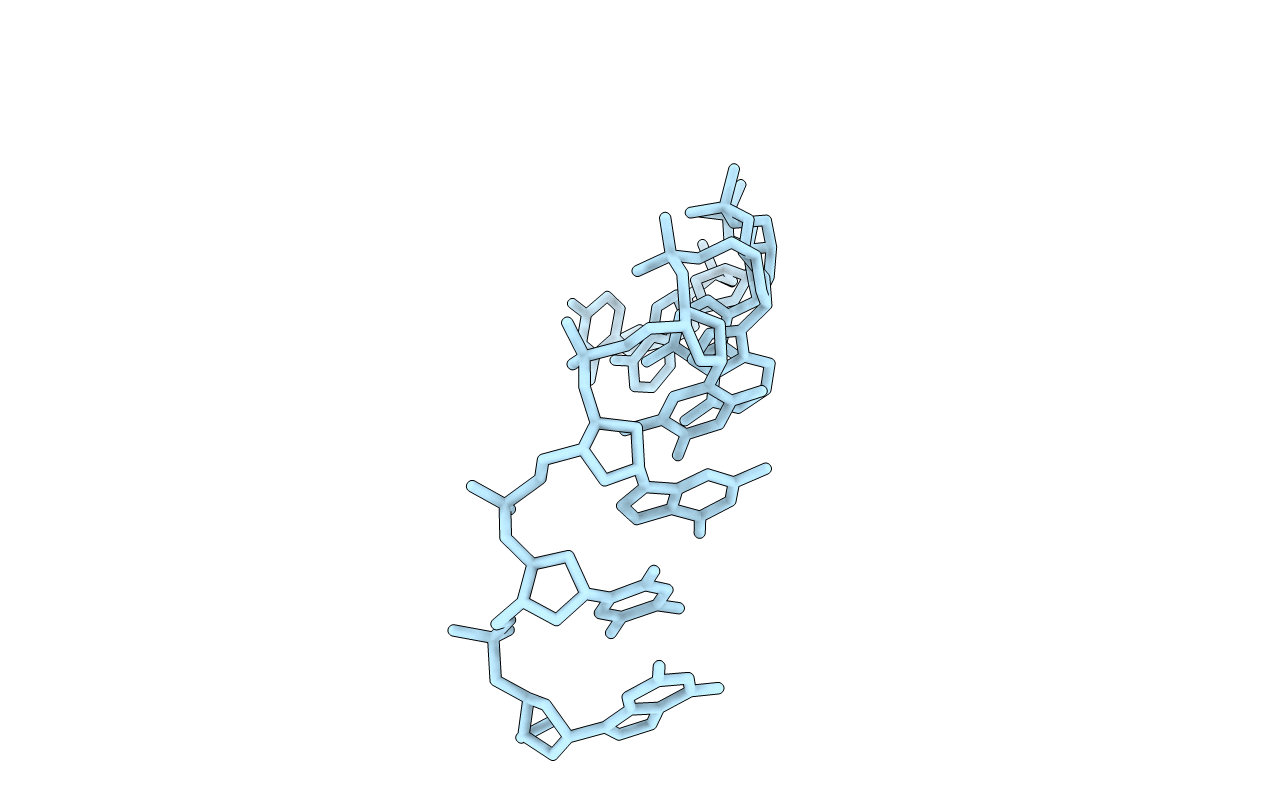
Deposition Date
1992-06-12
Release Date
1993-04-15
Last Version Date
2023-03-22
Entry Detail
PDB ID:
1D79
Keywords:
Title:
HIGH RESOLUTION REFINEMENT OF THE HEXAGONAL A-DNA OCTAMER D(GTGTACAC) AT 1.4 ANGSTROMS RESOLUTION
Biological Source:
Source Organism:
Method Details:
Experimental Method:
Resolution:
1.45 Å
R-Value Observed:
0.19
Space Group:
P 61 2 2


